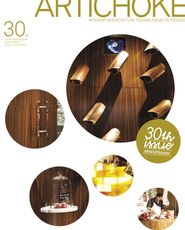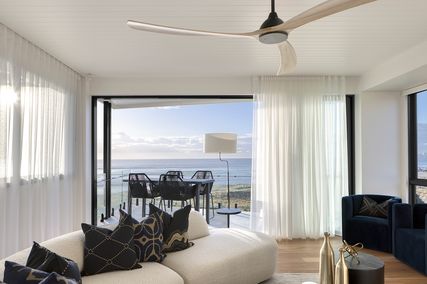How will diners engage with the dynamics of a large restaurant space that has been carefully considered? The mood of the diner and their willingness to participate in an experience is beyond the control of the designer but what is it that makes sizeable dining spaces actually work? Is it the sense of occasion, the anticipation of the unexpected or the tantalizing experience that awaits? Could it be the return to somewhere familiar, which offers refuge? There is an expectation that the time spent at a fine restaurant should carry guests beyond the norm, in a direction they may not have anticipated. Certainly fine dining should be an indulgence, an experience to awaken the senses, but at a large scale it is also a piece of theatre and a place for big celebrations; so can there also be zones for intimacy and reflection?
Large restaurants pose challenges but they also offer opportunities not available in smaller venues. The challenges lie in the need to create intimacy, a sense that each person is not just another diner but a valued guest. Creating small spaces within larger areas forges the feeling of containment and a sense of being special. It means individuals or small groups can afford to be less conscious of other diners in the space. Screens and the careful control of lighting help reinforce this sense of exclusivity.
On the other hand, private dining is also a public experience. Restaurants, and particularly large restaurants, encourage mass intimacies - they are spaces in which we are content to be alone as much as we are happy to gather in a group and sing happy birthday in earshot of people whom we have never met. Large restaurant spaces can capitalize on the volume of a space to grant diners long vistas and views over the activities within. Some of these attributes will be at odds with the need for intimacy and resolution of these aspects is much like finding a delicate balance of flavours.
Further tensions arise when addressing the mood of the space and must take into account whether it is a venue for day or evening dining - or both. A day space should be light and refreshing, while a night space should be warm and embracing. Bates Smart has faced these challenges on a number of projects, most recently on the Rockpool Bar and Grill in Sydney. Located in a former banking chamber, the twelve-metre-high ceiling provides a dramatic spectacle to a dining space that seats 220 people. This and other projects have led to a belief in design from first principles. How many seats, daytime or night-time, type of menu, target age group, cultural direction, acoustics, lighting, mood, music and, most importantly, what context is provided by the space? These questions form the nuts and bolts of restaurant design. In the end, however, the result will come from a dream, a dream about how unique the experience could be through the fusion of food, space and time.















